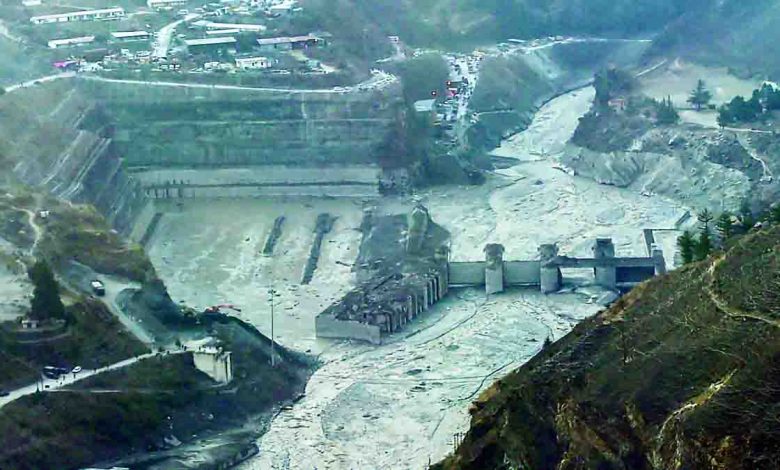Foolhardy acts

Uttarakhand’s fragile ecosystem is being abused by the builders’ lobby in cahoots with babus and netas
One calamity leads to another and if it is a man-made disaster it most certainly will, unless extraordinary steps are taken to forestall the impending danger. What is happening in Uttarakhand is a case in point, if aerial surveys are anything to go by. The debris accompanying the deluge earlier this week has blocked a stream that joins the Rishi Ganga river, forming a temporary lake which if it breaches can cause further devastation. With the threat still looming, if authorities fail to take timely and adequate precautionary measures, the loss to life, property and flora and fauna may be colossal. Due to (often illegal) rampant construction, mining and blasting activity in the hills — to most of which the complacent babus and their political masters turn a blind eye — the fragile local ecosystem is facing an existential crisis. We might pompously bellow about our sustainable development goals but the reality is to the contrary. In our quest for development, we have messed up the region’s biodiversity and pushed many exotic and indigenous varieties of plants and animals to the verge of extinction.
Not only that, we have been quite an ignoramus people with respect to the importance of knowledge as passed down by the local generations. The villagers and tribals have traditional wisdom to foresee any catastrophe by studying the signs of nature, changes in the behaviour of domestic and wild animals, insects, change in wind speed and direction and so on. This begs the question as to how many times have successive Governments made serious attempts to tap this traditional knowledge base as a means of forewarning against natural or man-made disasters? But, more importantly, what should be done for now? Should the authorities work on a contingency rehabilitation plan, or should a safety valve be drilled to drain out the water from this temporary lake? Are the authorities in a position at all to regulate the flow? Or will the Government leave the people to their fate, only to announce compensations later? These and other such questions will keep crossing our mind. According to a report by the Wadia Institute of Himalayan Geology, an autonomous research institute under the Department of Science and Technology, the assessment of the actual magnitude of risks involved due to this impoundment of water requires a detailed survey. However, the scientists, NGOs and the Government must put their heads together and work out an action plan before it gets too late.
Monday, 15 February 2021 | Pioneer





